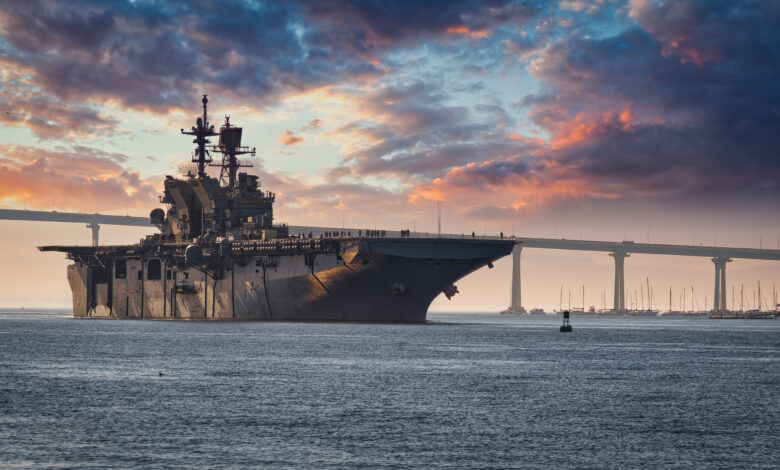U.S. Navy Modernizes Undersea Surveillance System Amidst Growing Pacific Tensions

Amidst escalating tensions in the Pacific and China’s naval expansion, the U.S. Navy is investing billions to revamp its Cold War-era submarine detection system.
The U.S. Integrated Undersea Surveillance System, originally constructed during the 1950s as a covert initiative to counteract Russia’s naval strength in the Cold War, is undergoing a significant modernization effort. This initiative, aimed at enhancing the nation’s maritime security, encompasses a range of cutting-edge technologies and strategic upgrades.
One of the primary objectives is to make the surveillance cables more compact while extending their coverage to a wider area. This optimization allows for more efficient monitoring of undersea activities, ensuring the protection of vital maritime interests.
Notably, the U.S. is also extending this advanced technology to its allies, such as Australia, further reinforcing regional security alliances. This collaboration enhances the collective capabilities of like-minded nations to address the evolving challenges in the Indo-Pacific region.
Artificial intelligence (AI) is another key component of this modernization drive. The Navy plans to leverage AI algorithms to analyze surveillance data swiftly, detecting anomalies and identifying potential foreign vessels or submarines. AI’s ability to process vast datasets far faster than human analysts can significantly enhance the Navy’s responsiveness to potential threats.
This team has the chance to make history by securing a seventh consecutive world women’s team title, continuing a remarkable streak that commenced in 2011. Their main rival, Russia, has been banned from international competition for the last year and a half due to the invasion of Ukraine, leaving the path clear for the U.S. team.
Additionally, the modernization effort incorporates fleets of unmanned drones, which patrol strategic areas in the Pacific Ocean. These autonomous vehicles play a crucial role in monitoring underwater activities and gathering critical intelligence. They enhance the Navy’s situational awareness and enable rapid responses to emerging threats.
Furthermore, portable sensors, functioning as undersea satellites, can be deployed promptly wherever needed. This flexibility ensures that surveillance capabilities can be adapted to changing operational requirements, maintaining a robust maritime defense posture.
To shed light on this previously classified program, Reuters conducted interviews with numerous Navy personnel and contractors, while also reviewing hundreds of Navy contracts. The investigation unveiled a series of contracts, including collaborations with defense industry giants and innovative startups specializing in unmanned sea drones and AI processing.
“The systems have and will experience growth and recapitalization as subsea technologies are developed and as defense priorities are updated,” remarked a spokesperson for the Submarine Force U.S. Pacific Fleet when questioned about the modernization effort.
This significant augmentation of capabilities aligns with the backdrop of China’s increasing assertiveness in the Pacific region. The Chinese government’s growing aggression toward Taiwan, including the ominous vow to reunify the island by force if necessary, has heightened regional tensions.
In response, the U.S. has maintained a policy of “strategic ambiguity” concerning its stance on Taiwan, aiming to deter any potential hostilities while urging peaceful resolution of disputes. The modernization of the Integrated Undersea Surveillance System underscores the United States’ commitment to safeguarding its interests and those of its allies in a rapidly evolving maritime environment.
As the Pacific region witnesses these strategic developments, the U.S. Navy’s investment in cutting-edge technology and enhanced surveillance capabilities signifies a resolute commitment to peace, stability, and security in the Indo-Pacific.





